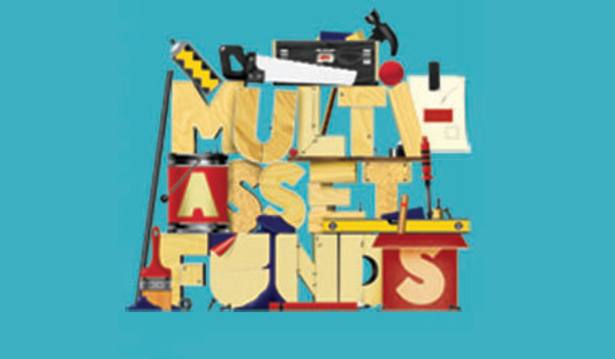He advocates a risk-factor approach to investing, which means taking exposure to the component parts of asset classes and not to the asset class as whole.
“This sort of approach is not available to you if you’re in the DIY mode,” he says.
“You would be in much more of a traditional framework that is trying to blend the asset classes as much as possible. But [this] leaves you open to the fact some of the asset classes could become highly correlated in certain environments.
“So this would be my biggest bugbear about a traditional multi-asset approach and doing it yourself. You could pick up unintended risks that can at times dominate a portfolio and that might not be the most sensible way of doing it.”
One concern of Mr Rockliffe’s is how many managers behind recently launched multi-asset funds have had experience of “running multi-asset money through market turmoil periods”.
He says transparency is vital should an investor opt to invest in a multi-asset fund, as opposed to putting together their own multi-asset portfolio.
He adds: “Client reporting where you’re showing all of the holdings – not just the top 10 on a factsheet – is vitally important because it gives the customer full understanding. It shows them what they can get and what they’re invested in, so they understand where their money is at any one time.”
Ellie Duncan is deputy features editor at Investment Adviser
ADVISER VIEWS
Patrick Connolly, certified financial planner at Chase de Vere, favours traditional multi-asset products:
“For most investors, the best approach is a multi-asset portfolio tailored to their individual needs. However, for those with small portfolios or who don’t know what they’re doing and aren’t taking financial advice, a multi-asset fund could be a suitable alternative.
“This approach isn’t as good as a tailored portfolio, but as long as investors select a fund that is broadly appropriate for their objectives and attitude to risk, they should at least not go too far wrong.”
Martin Bamford, chartered financial planner and managing director at Informed Choice, supports DIY investing:
“I’m a big advocate of investors constructing and maintaining their own multi-asset portfolios, by selecting a range of single asset class funds to populate an agreed asset allocation model. This approach gives the investor much greater control over risk.
“Rather than delegating asset allocation decisions to the fund manager, the investor can determine how much of their portfolio is placed in each asset class. They can also choose the most suitable fund in each asset class to populate the model. It’s important when taking this approach to have the discipline to review your investments each year, rebalancing the portfolio and reallocating profits to the better value assets.






